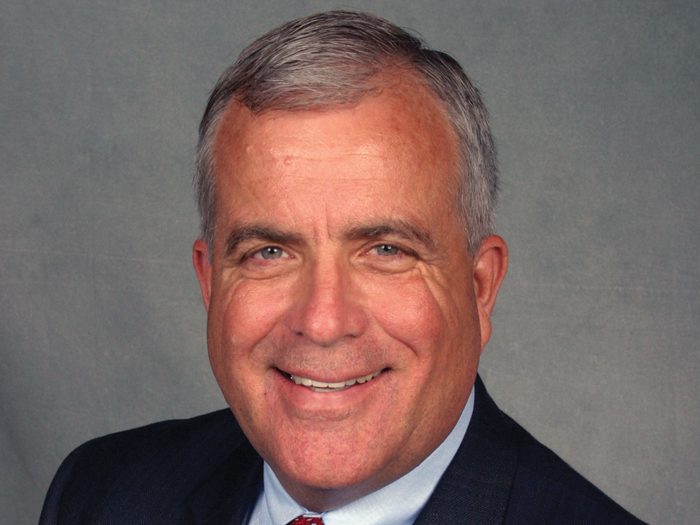2016 NWCDC
The Claims Experience, Reimagined

Fast approaching its centennial anniversary, The Walt Disney Co. witnessed an extraordinary amount of change, with more dips and twists than any of its own amusement park rides.
Tim East, a director of corporate risk management for the company, has been on that ride with Disney for more than four decades. He says it boils down to three things: Change is going to come at us. Change is hard. But, ultimately, change is good.
“Change is going to be an unrelenting force,” East said on Wednesday in the opening keynote address of the 25th National Workers’ Compensation and Disability Conference® & Expo in New Orleans.
It requires the workers’ comp industry to adapt, and to make a solid commitment to continuous improvement, he said.
The change can begin with language.
“Dairy products and chopped meat go through processes. People should not be processed.” — Tim East, director of corporate risk management, The Walt Disney Co.
Employers have been advised for years to refer to their people as “injured workers” rather than claimants. But East took that concept further, noting that Disney refers to its claims adjusters as workers’ comp representatives.
“The worst thing we can call somebody is a loss adjuster,” he said, because it sends a message to injured workers that they’re just numbers in need of adjustment.
“The labels you give people reflect how you think about them,” said East.
But that point extends beyond people. The claims process, for instance, should be reframed as the claims experience, he suggested.
“Dairy products and chopped meat go through processes. People should not be processed,” said East.
It also shifts perceptions when employers stop talking about return to work, and start talking about “recovery while working.”
East went so far as to say that we should drop the term workers’ comp altogether, and start calling it worker recovery – an idea he credits to blogger Bob Wilson, president and CEO of WorkersCompensation.com.
If we make that change, said East, we shift the entire perception of the goal of workers’ comp, placing the emphasis where it more rightly belongs.
Walking the Advocacy Talk
East supports an advocacy-based claims model, with the goal of building trust and holding organizations accountable for results beyond cost containment.
“We’ve become so focused on red flags, that we can’t see the people behind the red flags – people that need our help,” East said.
Some in the industry might be surprised by other employee-focused recommendations East had to share, including eliminating unwarranted fraud investigation, clamping down on the overuse of utilization review, and engaging in fewer of what East calls “cheap denials” of claims.
He also advises employers to do everything within their power to make sure that injured workers have access to actual people who can answer their questions.
“Why is it so hard to talk to a human being in the workers’ comp industry?” he asked, noting that the No. 1 complaint he hears from union leaders is that injured workers can’t get to a real live person.










